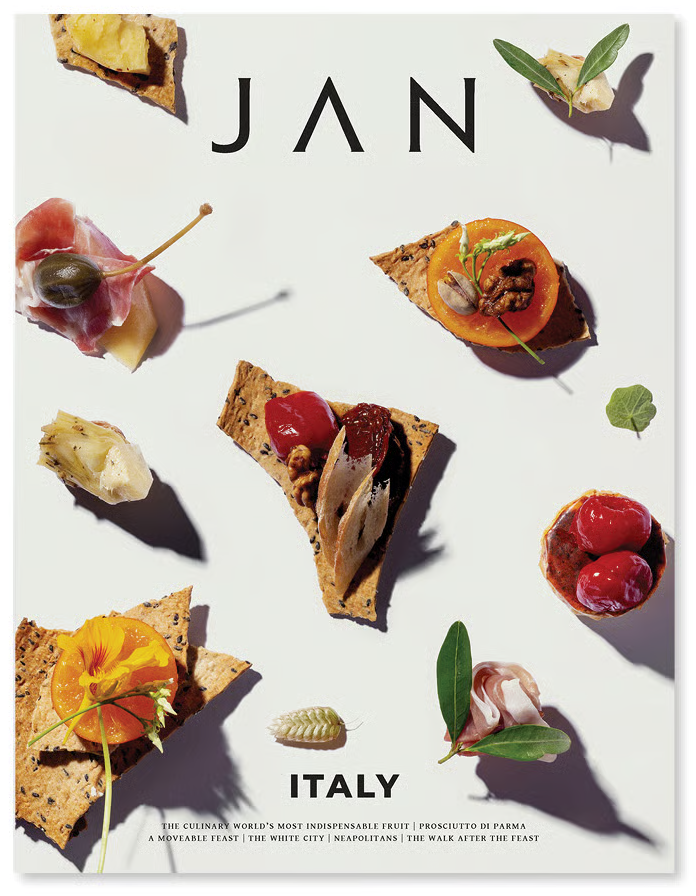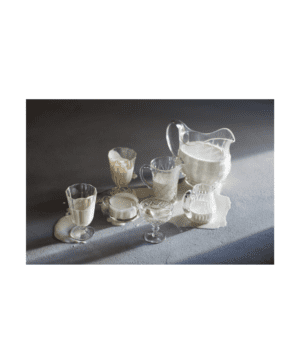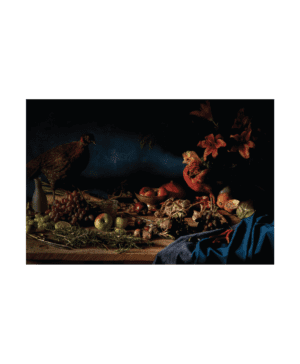IN THE FRAME
HOW TO FRAME YOUR ART PHOTOGRAPHS
Since the dawn of the jpeg, the concept of the “art photograph” has become somewhat dilute. For that reason, traceability has become more important than ever. For a printed photograph to classify as art, it must tick two boxes: rarity and authenticity. France has even gone so far as to limit a photograph’s print run to a maximum of 30 copies to secure its artistic status, along with the need for the artist to supply a signed certificate along with the print to validate its authenticity. So, when you invest in an art photograph, a stock-standard frame simply won’t do. You must do it justice – and preserve it as best you can – by investing in the right frame.

SIMPLY DOES IT
Only when you’ve acquired a Delacroix does it justify an ornate frame to live up to the drama of the artwork. When you’ve bought yourself an art photograph, the image is your focal point. Resist the urge to pair it with an equally striking frame. You don’t want the frame to distract from the power of the photograph. Keep it conservative by focussing on the quality of the frame and its craftsmanship. On that note, framing is one of those crafts where you don’t get away with cost-effective alternatives. If your artwork deserves expensive, don’t let it look cheap.
FIND THE RIGHT BALANCE
On very rare occasions, you might want to enhance an image by “splashing out” a bit more on the frame. After all, conservative need not be boring. You can enhance the impact of a photograph by playing with a texture in the frame that picks up the textures in the image. Matting is a good example of texture in a frame, as is bevelling, but you can also experiment with a hint of colour by matching the colour of the frame to the dominant colour in the photograph. But whatever you do, don’t overcomplicate it.
DON’T BE A FASHION VICTIM
Trends are great when you can move on from them, but framing an artwork is more permanent, and therefore, responds better to something classic. Many galleries even opt for no frame, otherwise known as face mounting – especially for contemporary photographs – as it creates a sexier, modern look that doesn’t engage in a tug-of-war with the image. Also, you don’t want to reframe your artwork too often, as part of why you framed it in the first place was to protect it from wear and tear. Some trends, like mounting a photograph to a vacuum board and sealing it with acrylic (creating a floating look), for instance, can actually damage your art photograph.
DO IT FOR THE ART
Some of us take a more bohemian approach to life and others like to coordinate everything, from their outfits to their workspaces to every corner of their homes. But be mindful of coordinating to the point where your frame matches your couch, which matches your rugs, curtains and new Dachshund. On the other hand, if you’ve opted for a wheat-tinted, off-white wall colour, don’t frame your art photograph in another shade of white. It will just look like a mistake.
DON’T WING IT
Many of us have picked up a few new skills over the last couple of years, like mastering the ciabatta or building treehouses, but unless you’ve worked for a framing company – and we’re not talking about a reception job – don’t DIY this one. Framing involves a lot of elements: materials, measurements, fitting, attaching, hinges, brackets, batting boards, precision cutting, the list goes on! If you get it wrong, your precious art print might warp, buckle or tear. The damage could be irreversible. So, swallow your pride, and invest in the best. You can DIY your Pinterest pics.
TO GET AN EXPERT OPINION OR GET YOUR ART PRINTS FRAMED CONTACT ORMSprintroom.CO.ZA
SHOP THE STORY
-
Spilt Milk
R800.00 – R4,100.00 Select options This product has multiple variants. The options may be chosen on the product page -
The Beauty of Decay
R800.00 – R4,100.00 Select options This product has multiple variants. The options may be chosen on the product page -
Noble Beasts
R800.00 – R4,100.00 Select options This product has multiple variants. The options may be chosen on the product page -
La Plage de Mon Coeur
R800.00 – R4,100.00 Select options This product has multiple variants. The options may be chosen on the product page -
Th’expanse of Spirit
R800.00 – R4,100.00 Select options This product has multiple variants. The options may be chosen on the product page -
Puttanesca and Dior
R800.00 – R4,100.00 Select options This product has multiple variants. The options may be chosen on the product page





















